
Chapter 2: The Hitch and Coupler.
Safe towing practices start from the moment you connect your trailer to the hitch, therefore, it is critical to understand all the elements that make up the hitch and coupler. In this chapter we will break down the different components of the hitch and coupler to increase your awareness when connecting your trailer and to raise your safety and awareness while on the road.
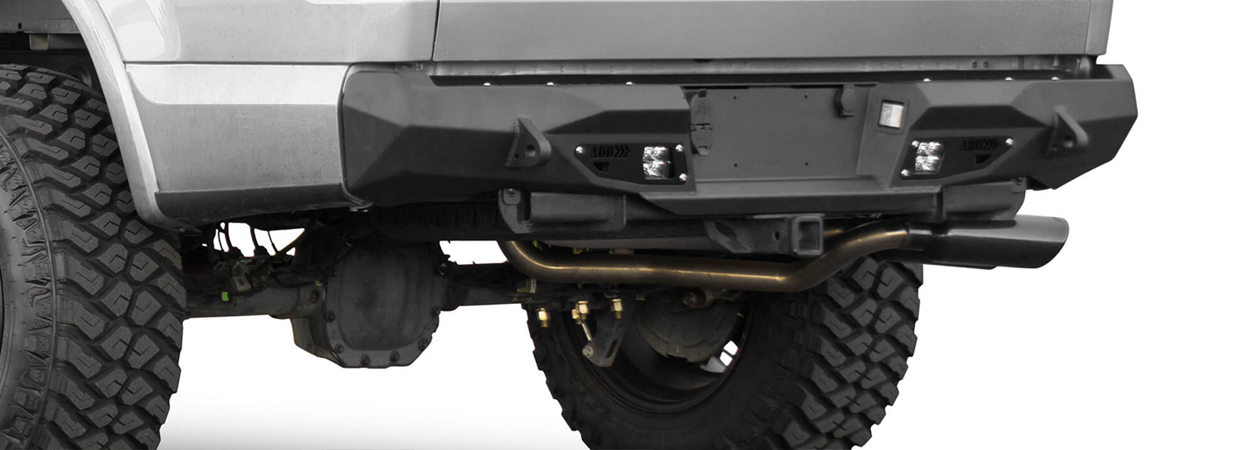
- What is a trailer hitch?
The trailer hitch is is the main weight bearing connection between the trailer and your vehicle. Typically when you purchase your vehicle, a hitch is already installed. This may not be the case however if you are not driving a truck or SUV. The hitch can be considered as a receiver for your accessories. This may range from ball mount to luggage rack depending on what your need is. A trailer hitch has other names such as, receiver hitch or tow hitch and for the most part can be used interchangeably. However, the terms 5th wheel hitch and gooseneck hitch refer to each type of hitch respectively. Each hitch is designed for a specific use and weight rating.Trailer hitch receivers are available in 4 main sizes: 1-1/4″, 2″, 2-1/2″, and 3″. These numbers refer to the width of the receiver openings. We will discuss in chapter 5 which trailer hitch you will want to purchase if you do not already have one installed.
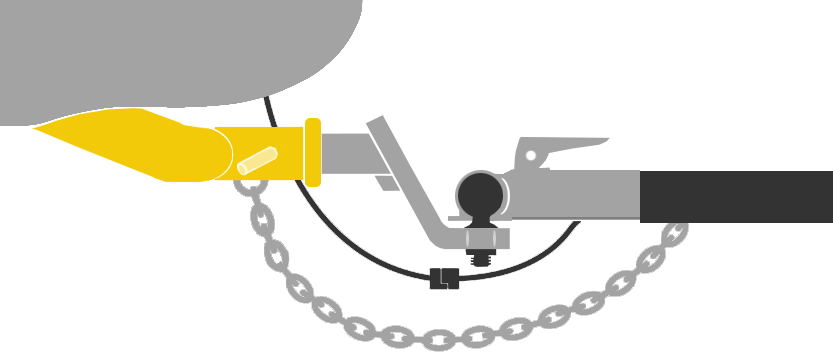
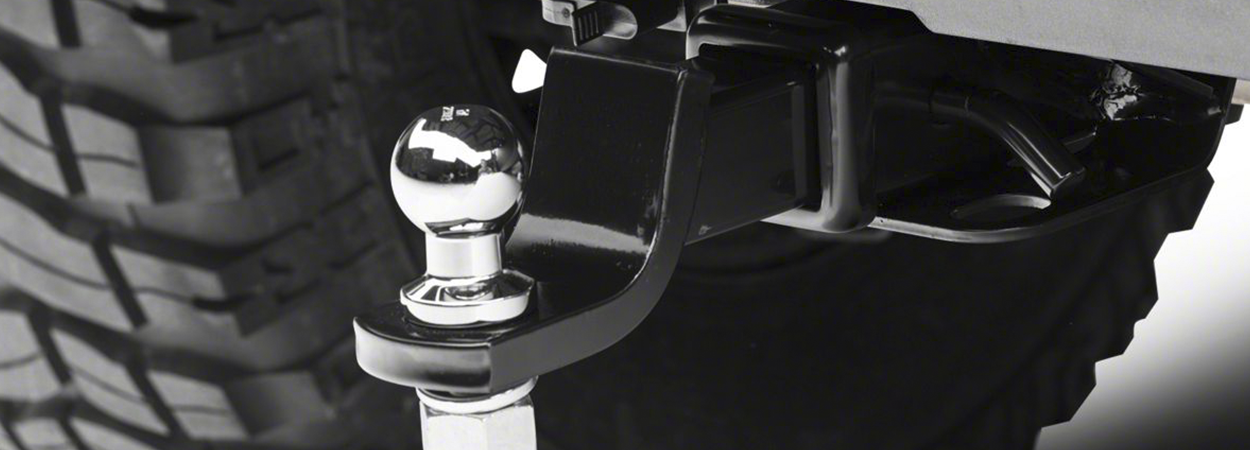
2. What is the Ball Mount?
A ball mount is a receiver hitch accessory comprised of a shank and a trailer ball platform. The shank inserts into the hitch receiver tube, while the platform provides a solid mounting point for a trailer ball.
Ball mounts come in a variety of styles and capacities. Some are fixed, made up of a single piece. Others are adjustable. Virtually all ball mounts come with a hole in the shank to accept a hitch pin or hitch lock.
Below is a ball mount without the ball loaded onto the mount.


A ball hitch is another name for a ball mount but is comprised of the mount and the ball already together. A ball mount and and ball ( ball hitch) is often times referred as a “loaded” ball mount implying that the ball has already been loaded or pre-torqued into place with on the mount.
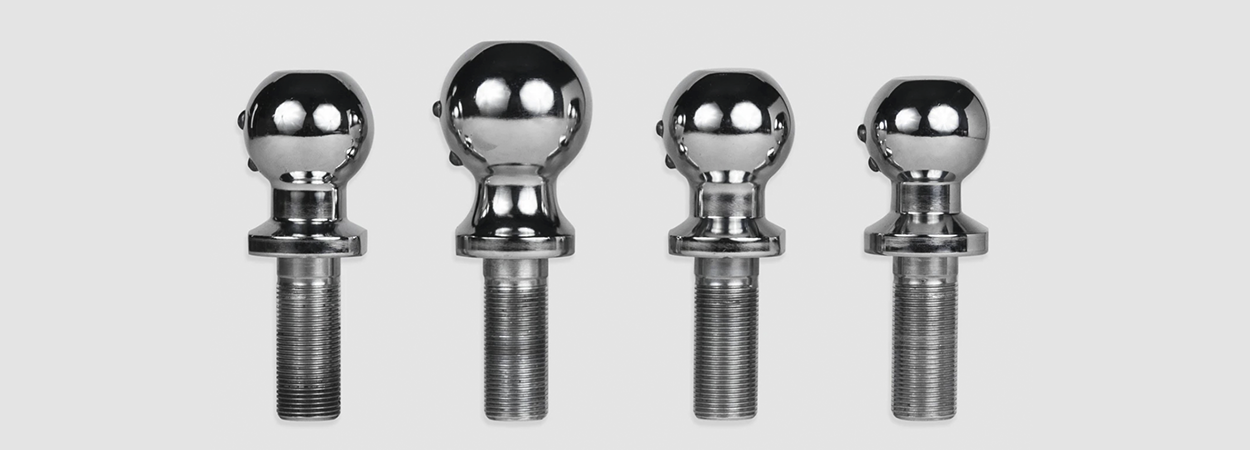
3. What is the Ball?
A trailer ball is the shinny part on your trailer hitch. It is the immediate connection between the trailer and your vehicle. It is a polished metal ball on top that has a threaded stem on the other end. The ball shape is what allows you to travel over bumps and turn around corners smoothly with ta trailer in tow.
Trailer balls come is a couple different sizes to accompany different needs. Here at Big Bubba’s we have all the sizes you’ll need but as a reminder, for most practical uses, a 2″ ball is all you will need.
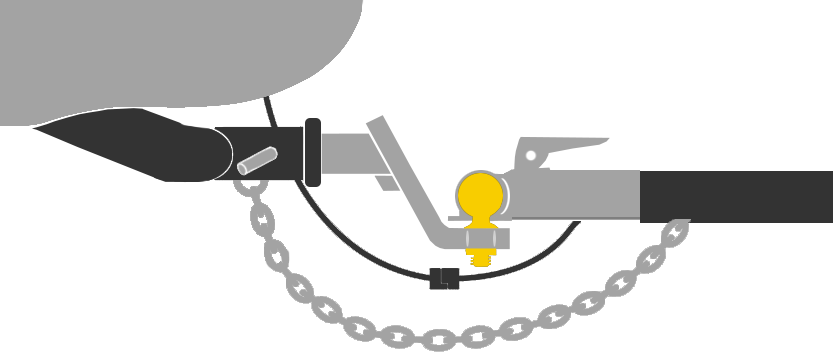
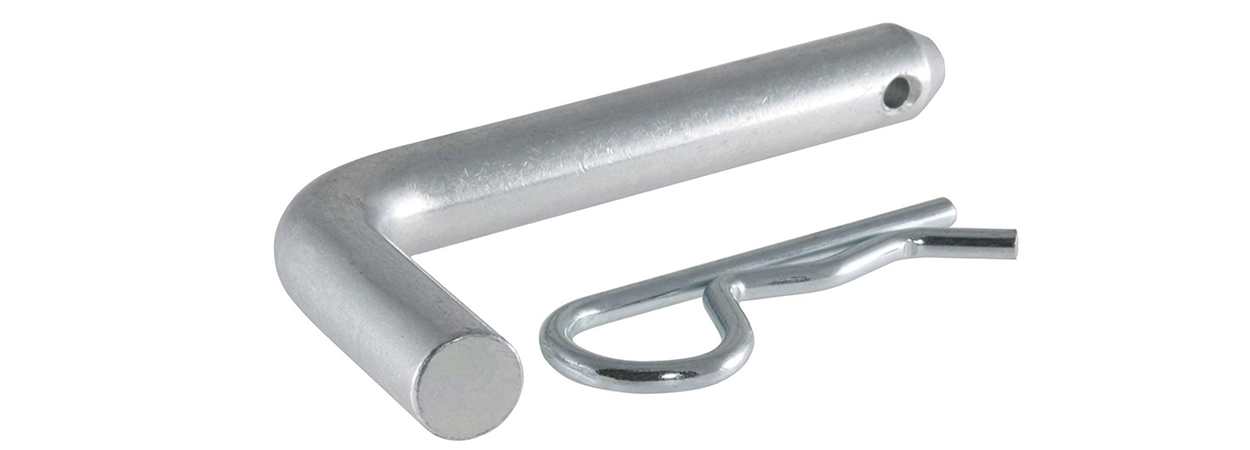
4. What is the hitch pin?
The hitch pin is a device that is used to secure the ball mount into position in the hitch receiver tube. Without the hitch pin, the ball mount (or other accessory) would slide out of the trailer hitch receiving tube. This, obviously, would be very dangerous so make sure that your pin is in when you are ready to go!
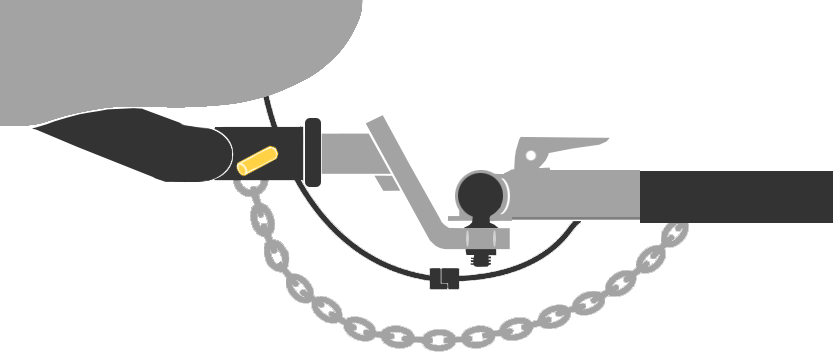
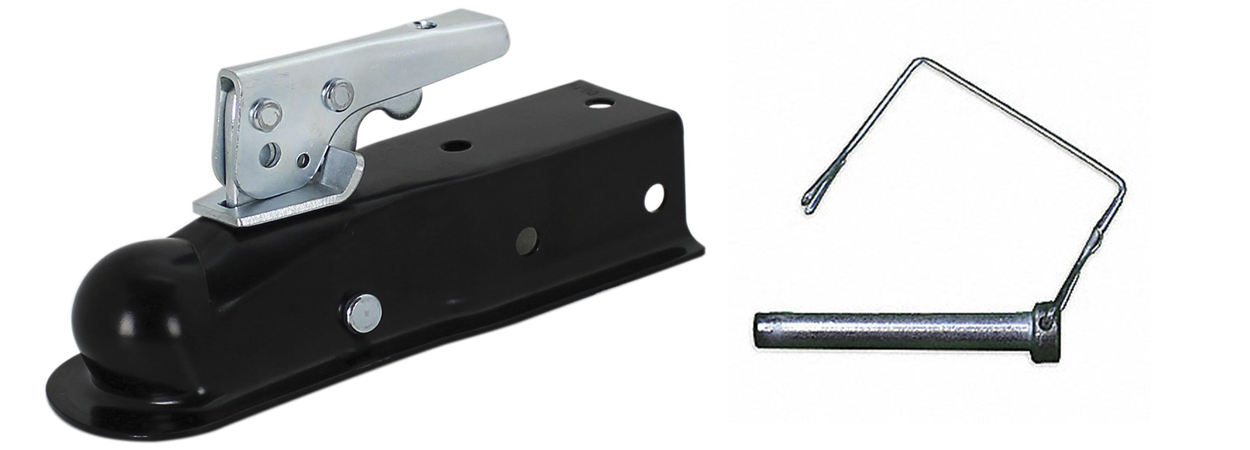
5. What is the coupler?
The trailer coupler is the device used to latch or secure the trailer to the vehicle. Typically, there is a lever on top of the coupler and when force is applied to that lever, the coupler secures itself to the ball. The lever on the coupler usually has a small hole to place a coupler pin through to keep the lever in the down and locked position. There are different types of couplers and even different sizes of couplers to match the appropriate size ball. It is is essential for the coupler and ball size to match for safe operation.
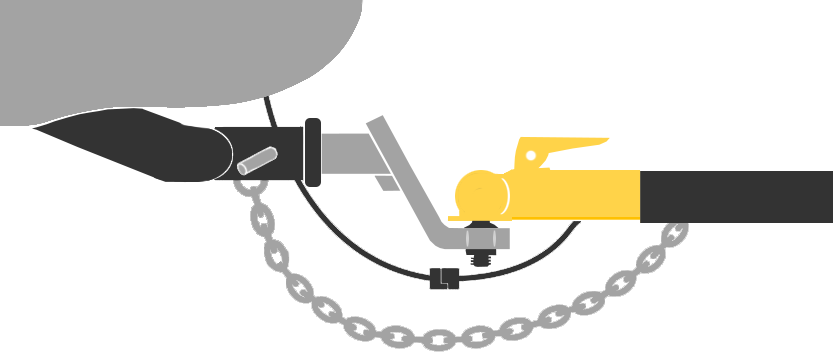
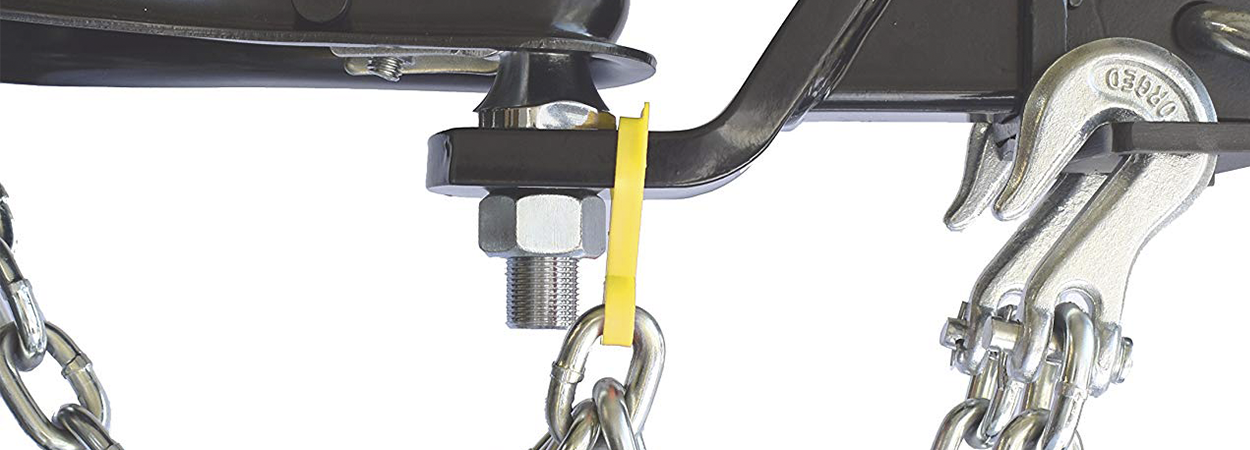
6. The Safety Chains
A safety chain is simply a length of chain strong enough to keep the trailer from complete separation if it ever becomes disconnected while towing. Two safety chains should be used on every towing setup.
Safety chains are fixed to the trailer tongue and have hooks that allow them to be linked to a vehicle’s trailer hitch.


7. Wiring Harness
The wiring harness is a wire that connects from your vehicles electrical system to the trailer. There are two standard types of harnesses. The first (depicted above) called 4-flat and the other, which is more cylindrical called RV-7. In both cases, the wires supplies power to the trailers illumination system and synchronizes it with the tail lights of the vehicle. The wires can also be used to connect to trailer brakes and auxiliary power.


8. Tow Vehicle
A tow vehicle is any vehicle that can pull a trailer. This can range from any car, truck, SUV, and even ATV trailer. Different vehicles have different towing capacities and we will discuss the maximum weight you can tow with your vehicle in a future chapter.
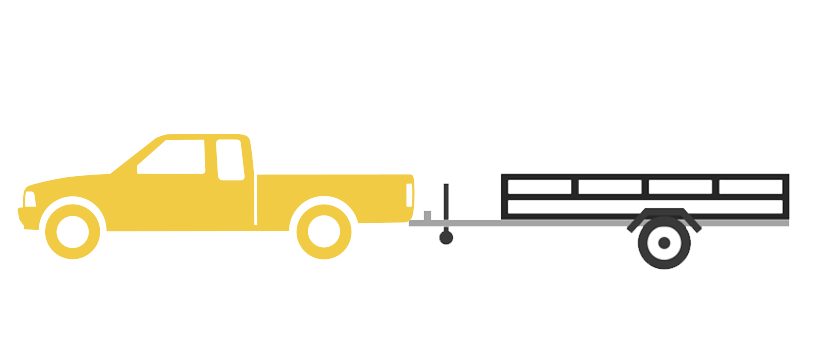

9. Trailer
Trailer’s is what we are here for! Check out the video below to see how our trailers are constructed.
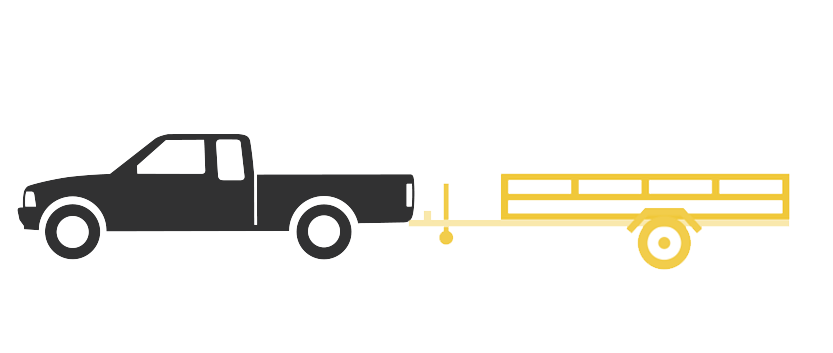
More chapters coming soon.

